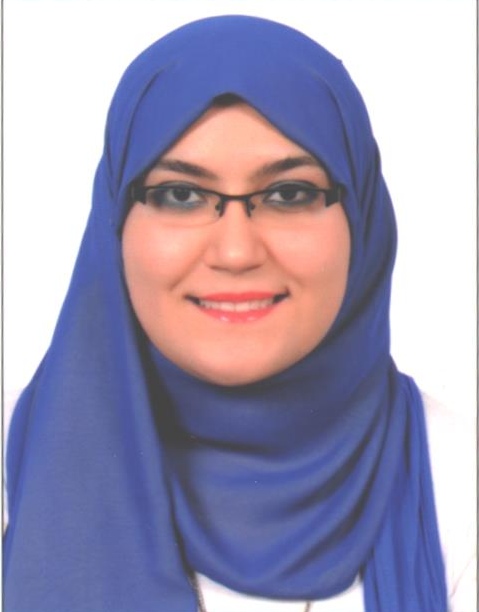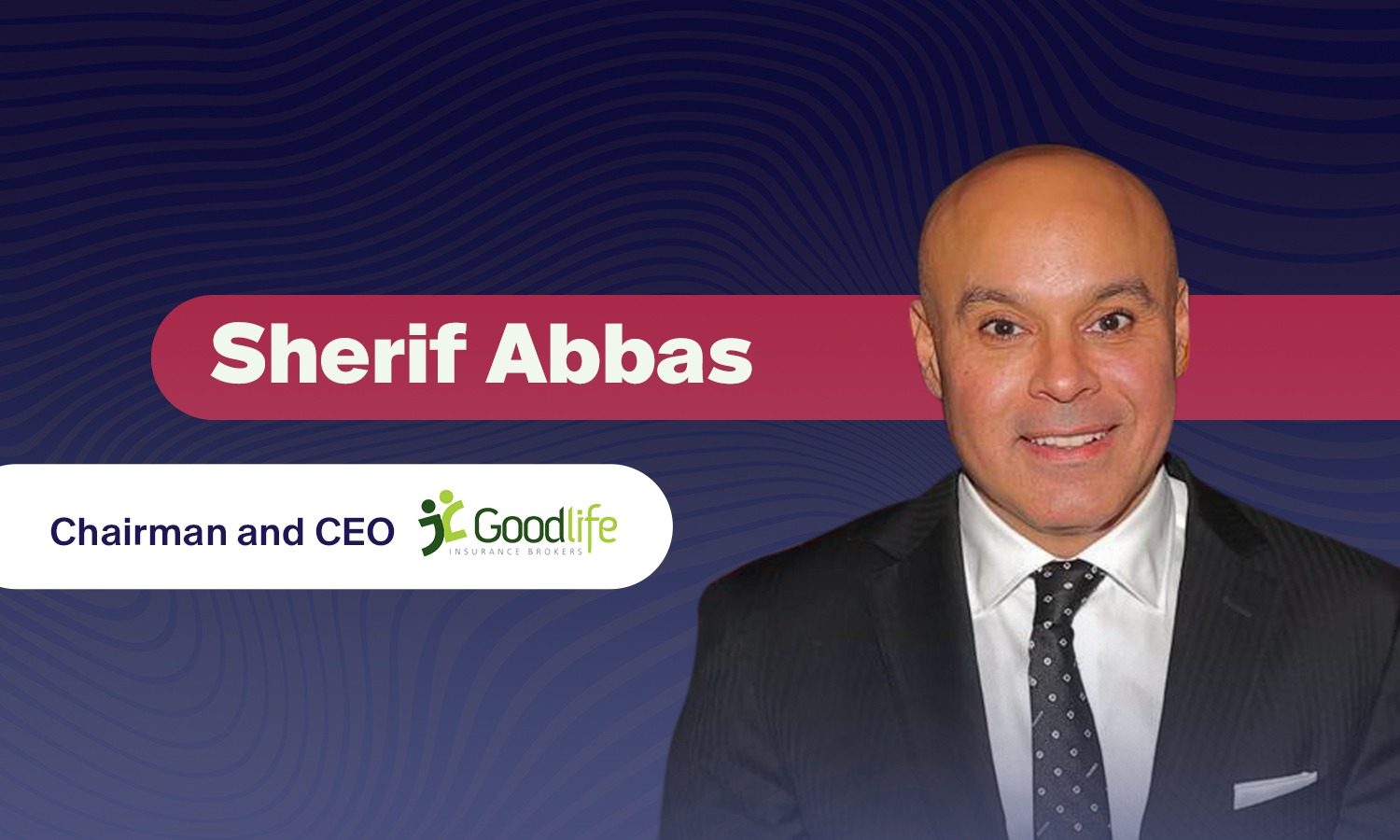Greenfield FDI is not necessarily green
Updated 1/8/2024 10:17:00 AM
Securing more hard currency is at the top of the Egyptian government’s economic agenda in 2024. The five major sources of hard currency are expected to remain the same for a while. These sources are merchandise exports, remittances of Egyptians working abroad, tourism revenues, foreign direct investment (FDI), and Suez Canal revenues. The government is willing to triple the inwards from these sources to reach $300 billion by 2023, according to the Egyptian Cabinet.
However, if we focus on the absolute value of hard currency inflows in the short run to solve the current economic issues, it is essential to find new ways to generate revenue in the long run. Almost half of the current inflows are not linked to real sectoral growth. In fiscal year (FY) 2022/23, merchandise exports were valued at $39.62 billion (34.9% of which are oil exports and 65.1% are non-oil exports), according to the Central Bank of Egypt (CBE). Remittances of Egyptians working abroad were $22.1 billion, while Suez Canal revenues hit a new record at $8.8 billion. Tourism revenues witnessed an increase as well, recording $13.6 billion.
One of the most important sources of hard currency is FDI. Unfortunately, it is not reaching the level that reflects the great potential of Egypt’s economy yet. Net FDI inflow recorded $10 billion in FY 2022/23. FDI is vital for Egypt’s economy, as it is translated into stronger economic growth, lower unemployment rates, higher production rates, and definitely more exports.
Diving deeper into the breakdown of the net FDI inflow. Greenfield FDI in the non-oil sector registered a net of $4.1 billion, which represents 41% of the net FDI inflow. Does greenfield FDI mean sustainable, development-oriented investments? No, it is not. Greenfield FDI includes constructing a new non-existent facility in a country. On the other hand, brownfield FDI is more about merging with or acquiring an existing facility or company.
Egypt is planning to attract further FDI annually by 10% to reach $19 billion in 2030. Hopefully, there will be a detailed plan defining the segments of the targeted FDI duplication; it should focus on having the majority of these inwards as greenfield investments. Egypt is already doing well in terms of the number of greenfield projects. The projects doubled in number to 161 in 2022, compared to 53 projects in 2020, according to the World Investment Report 2023 by the United Nations Conference on Trade and Development (UNCTAD).
New, fresh, and diversified investments are needed. Around 21% of Egypt’s net FDI inflows in FY 2022/23 came from Saudi Arabia, while 18.5% came from the European Union (EU) and 12.7% from the United Arab Emirates (UAE). More door-knock missions to these countries should be scheduled, as the main purpose of these trips is to attract extra greenfield investments in specific economic sectors. Moreover, the Golden License should be promoted widely to encourage new countries to pump investments into Egypt.
Egypt has great economic potential. Nontraditional reforms should be implemented to have different results than before. It is well understood that nothing much can be done in the short run. Yet, there are a lot of unconventional ways to develop the economy in the long run.
Related ExpertTalk











